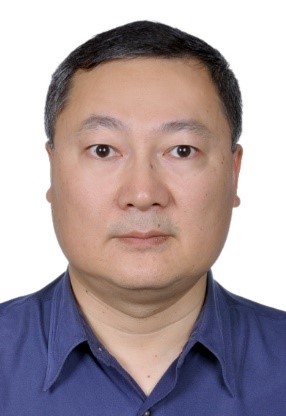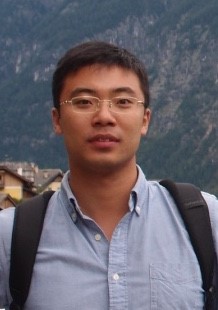

题 目:高声强条件下的声衬声阻抗与阻力变化规律
时 间:2018年9月14日 下午13:30
地 点:必赢线路检测中心 F210会议室
邀请人:吴海军副教授(振动冲击噪声研究所)
报告人简介:
李晓东教授,北京航空航天大学能源与动力工程学院流体与声学工程学科责任教授。1995年在北京航空航天大学获得工学博士学位。研究兴趣包括计算气动声学、气动声学物理建模和先进声学测试方法研究等。1997年访问德国宇航院,1998-2005年固定前往柏林工业大学开展深度合作,10多来还与FSU、ODU等多个课题组保持长期合作研究关系。现为AIAA Associate Fellow、AIAA气动声学技术委员会国际委员,担任International Journal of Aeroacoustics等期刊编委。
报告摘要:
航空发动机短舱声衬是目前降低风扇噪声的最有效的被动降噪措施之一,任何商用涡扇发动机都采用了声衬结构抑制噪声从而满足日益严苛的噪声适航条例。短舱声衬的一大特点是工作在高声强环境下。几十年来,研究者从吸声机理、声阻抗模型、声阻抗优化及吸声性能预测等方面开展了大量理论、实验和数值研究。另一方面,声衬在吸收噪声的同时会引起额外的气动损失,增加短舱的流动阻力。然而,由于声衬在降噪方面的不可替代性,长期以来其带来的气动性能损失在设计过程中只能被动接受。本报告将从声学性能和气动性能两个方面,介绍高声强条件下声衬声阻抗和阻力的变化规律,重点介绍切向高声强入射声波产生的声衬声阻抗非均匀性以及流动阻力显著增加等新发现的复杂物理机制。
题 目:Acoustic absorption using microperforated panels
时 间:2018年9月14日 下午 14:30
地 点:必赢线路检测中心 F210会议室
邀请人:吴海军副教授(振动冲击噪声研究所)
报告人简介:
Dr. Cheng Yang is currently a tenure-track associate professor in School of Mechanical Engineering at Shanghai Jiao Tong University. He obtained his BS in mechanical engineering from Southeast University in 2007. After that, he spent 9 years in Department of Mechanical Engineering at The Hong Kong Polytechnic University where he obtained his MS and PhD and then worked as Research Assistant, Research Associate and Postdoctoral Fellow. He then did 1 year’s research on duct acoustics as a research fellow at Hong Kong University of Science and Technology before taking his current position at SJTU. Dr. Yang’s current research interests are aircraft engine noise and new materials/structures for noise control.
报告摘要:
Microperforated panels (MPPs) were developed by the Chinese acoustician Dah-You Maa to deal with the excessive noise in severe environment. Over the years, MPPs have been deployed in a variety of scenarios, from architecture to aircraft engines, for controlling the acoustic enviornment to which the MPPs are exposed. In all those applications, MPPs are frequently accompanied by the backing air cavity so that they constitute a resonance system which leads to an effective acoustic absorption around its resonance frequency. Subsequent research is often seen in terms of MPP parameters optimization, backing cavity design and the incorporation of active components into the absorber to enhance the absorption performance. Besides that, it is found that a MPP can be used independently for acoustic absorption without the commonly used backing cavity. For this mechanism to be effective, a MPP should be placed in an environment in which an acoustic pressure difference occurs between the two sides of the MPP. An example of this is shown in a curved duct where the axial wavenumber is radius dependent. A MPP partition separating the bend into two curved subdomains is then able to realize acoustic absorption without the need for a backing cavity. This is evidenced by both simulation and experiment.
